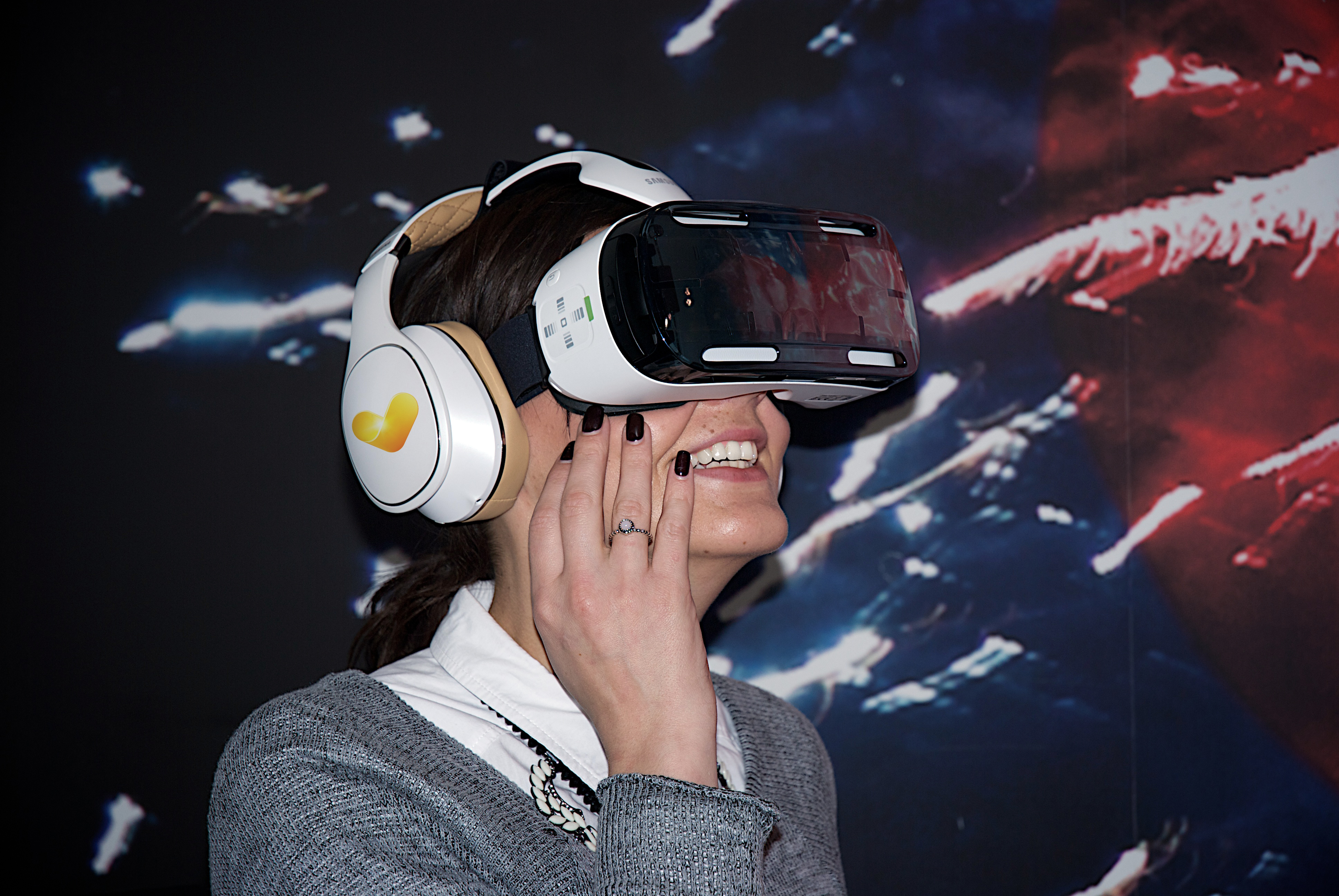Businesses are testing augmented reality - and it's working
Industry leaders at London's Wearable Technology Show discuss augmented reality's practical applications for enterprise


Augmented reality technology might be starting to gain a foothold in businesses, according to experts.
Yesterday's Wearable Technology Show in London played host to a panel on using augmented reality to improve efficiency in enterprise, highlighting many potential use cases for the technology.
Many businesses, including Fortune 500 companies, have begun implementing pilot schemes involving employees using augmented reality technology in the workplace, according to Brent Blum, Wearable Lead for Accenture. He added that the last three to four months have seen these companies returning some promising results, saying that progress is "starting to happen".
In light of such successes, companies have been "taking the next step towards larger-scale pilots around a different use case, or scaling the initial pilot into larger deployments", according to APX Labs CTO Jay Kim.
The consensus among the experts was that the primary use case for augmented reality tech was providing the "deskless workforce" made up of workers in fields such as manufacturing, maintenance and engineering with access to real-time, hands-free data. As Blum noted, "technology is about helping people do their jobs better".
The most common use for augmented reality involved manuals or step-by-step instructions for on-site crews who have to handle complex machinery, while the initial training of such employees was cited as another potential use of the technology.
There are other use cases: Jaguar Land Rover also used augmented reality with 3D-modelling when designing car components and accessories.
Get the ITPro daily newsletter
Sign up today and you will receive a free copy of our Future Focus 2025 report - the leading guidance on AI, cybersecurity and other IT challenges as per 700+ senior executives
Kim noted the need for different augmented reality tools for different tasks, linked by a unified cloud software solution. On-site management has different software and hardware needs than engineers, for example, but both would need to operate on the same cloud network, with access to the same databases.
Augmented reality can help businesses more efficiently access their data, the speakers said. Kim claimed that companies trialling augmented reality schemes are seeing "double-digit percentage efficiencies in their pilot projects" and are "expecting them in larger-scale deployments".
However, the panel said some businesses could be held back in their augmented reality deployments by employees unwilling to learn the new systems although Jaguar Land Rover noted an eagerness to adopt the technology among younger employees in particular.
Costs were another concern, with trials of augmented reality strategies facing resistance from IT departments and upper management alike, the panel said.
Despite such challenges, the panel was broadly hopeful about the state of augmented reality adoption in the corporate space, with Kim remarking that "we're going see in 2015... some of those barriers start to get removed".
Adam Shepherd has been a technology journalist since 2015, covering everything from cloud storage and security, to smartphones and servers. Over the course of his career, he’s seen the spread of 5G, the growing ubiquity of wireless devices, and the start of the connected revolution. He’s also been to more trade shows and technology conferences than he cares to count.
Adam is an avid follower of the latest hardware innovations, and he is never happier than when tinkering with complex network configurations, or exploring a new Linux distro. He was also previously a co-host on the ITPro Podcast, where he was often found ranting about his love of strange gadgets, his disdain for Windows Mobile, and everything in between.
You can find Adam tweeting about enterprise technology (or more often bad jokes) @AdamShepherUK.
-
 Should AI PCs be part of your next hardware refresh?
Should AI PCs be part of your next hardware refresh?AI PCs are fast becoming a business staple and a surefire way to future-proof your business
By Bobby Hellard
-
 Westcon-Comstor and Vectra AI launch brace of new channel initiatives
Westcon-Comstor and Vectra AI launch brace of new channel initiativesNews Westcon-Comstor and Vectra AI have announced the launch of two new channel growth initiatives focused on the managed security service provider (MSSP) space and AWS Marketplace.
By Daniel Todd